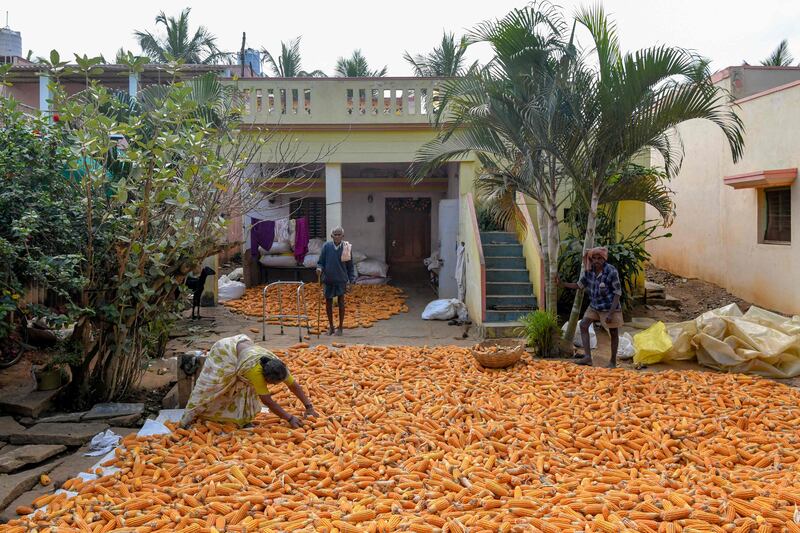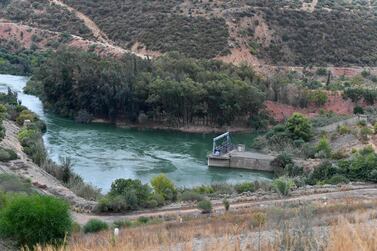It comes as no surprise that climate change directly affects the future of security. A report by the Food and Agriculture Organisation clearly outlines the role that the increasing frequency and intensity of extreme weather-related disasters, such as droughts, cyclones and wildfires play in multiplying threats for the low-income demographic, particularly the undernourished.
Combined with the global pandemic and ongoing regional conflict, climate change has devastating effects on food production and availability. Aside from reducing crop yields, among the most significant of its effects is the havoc it wreaks on quality and nutritional value, stability of food systems, water availability, livelihoods and access to food.
According to the Intergovernmental Panel on Climate Change, global temperature is expected to reach or exceed 1.5°C of heating, averaged over the next 20 years. As temperatures increase, crop yields for the world’s most essential crops, which provide over 66 per cent of the world’s calories, will decrease.

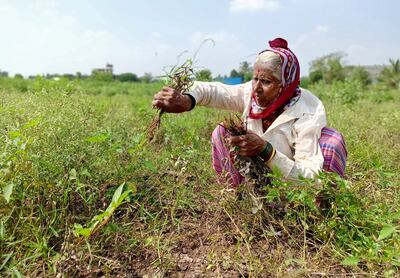
A Nasa study predicts a projected decline of maize yields to 24 per cent as early as 2030 under a high greenhouse gas emissions scenario. Currently, one-third of greenhouse gas emissions, contributing to the rising temperatures, come from the global food system. So, if we want sustainable food security for our children and generations to come, it’s high time we come together to find far reaching solutions and take large-scale action.
At PepsiCo, our business relies on a stable and healthy climate to grow nutritious ingredients that go into our food. Therefore, we cannot afford to wait for climate change solutions; we need to act. We are doing our part through pep+ (PepsiCo Positive) – PepsiCo’s end-to-end transformation with sustainability at the centre of how we create shared value.
The resurgence of sustainable agricultural practices has shown that the ability to transform global agriculture while making a positive impact on our climate ambitions to reach net zero is within reach. As a result, one of our key pep+ pillars – "positive agriculture" – is grounded in advancing regenerative agriculture across our entire footprint, approximately seven million acres. We estimate this effort will eliminate at least three million tonnes of greenhouse gases by the end of the decade, and help improve the livelihoods of those in our global agricultural supply chain.
An example of this work in action that is especially close to my heart is She Feeds the World (SFtW), a programme we developed together with the PepsiCo Foundation and Care, the global poverty-fighting organisation, to teach, equip, train and advocate for sustainable agriculture, women’s empowerment and gender equality in agriculture across the world. SFtW helps women gain access to land rights, financing, and markets; acquire quality inputs and equipment; implement sustainable agriculture practices; and supports women in growing more with less so they can feed their families and grow their incomes.
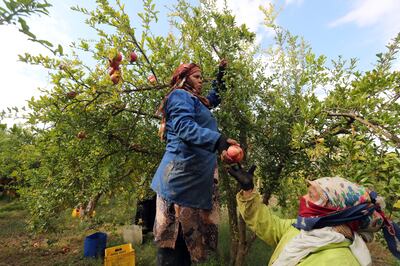
The programme supports food security and economic opportunity in the long term and helps communities respond to systemic shocks like Covid-19. It is anchored in PepsiCo’s pep+ goal to spread regenerative practices across all our land, support women small-scale producers, and strengthen farming communities. As of 2020, the programme has provided more than 700,000 women small-scale producers and their families in Egypt, Peru, and Uganda, with the tools and training they need to foster sustainable, long-term growth.
The farmer is the centre point for regenerative agriculture, and the voices of farmers must be at every table when developing policy, regulations and financial incentives. We are doing this because we know that regenerative agriculture can protect farmers from catastrophic climate change effects – and therefore sustain their livelihoods for long-term food security and also reducing environmental impact.
But we also know that embracing regenerative practices comes at a cost to farmers. It usually takes farmers about two to four years of using regenerative agriculture practices before they start to see a benefit to their profit and loss sheet. So, we need to help them bridge the gap.
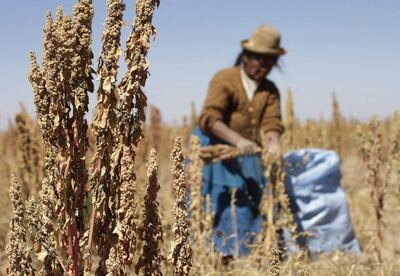
One thing we have tried is cost-sharing up to $10 per acre. This gives farmers the resources they need to implement cover crops that increase soil health and resilience to climate change. We’ve had farmers in this programme tell us that their fields are green while their neighbours' fields are brown, or that they now grow the best soybeans they’ve ever had. This has put more money in the pockets of farmers. But not only that, it has also demonstrated a 38 per cent reduction in greenhouse gases.
We are very proud of pep+ and believe it is the future of our business. However, no sector can do this alone; addressing climate change requires a systems approach. Action is absolutely vital, now more than ever. In fact, we have vowed to increase scrutiny over our business’ climate policies and have offered learnings in decarbonisation through our participation last November in the UN Climate Change Conference (Cop26). By working together – private sector, governments, development agencies, farmers and consumers – we can unlock climate solutions at the scale that is needed, drive systemic changes in energy and food systems and have a sustainable and meaningful impact on people’s lives.
